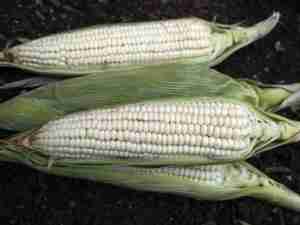Turkey has overtaken
China as the biggest buyer of U.S. cotton, U.S. data showed, as Chinese buyers have boosted their purchases of lower-taxed yarn and cut back on buying raw cotton.
Continuing a five-months-long trend since the Aug. 1 start of the 2013/14 crop
marketing season, data for the week to Dec. 19 showed
Turkey was the top buyer. It bought 83,400 bales of upland cotton, double that of
China.
Turkey’s renewed appetite for U.S. fiber has been a pocket of strength as U.S. traders and growers worry that a decision by Beijing, reported on Friday, to dismantle its three-year stockpiling program will erode foreign demand and hurt prices.
Since the start of the season,
Turkey has bought almost 1.72 million 480-lb bales of upland cotton, up more than 40 percent from the same period last year.
That compares with 1.42 million bales booked by Chinese buyers during the same period, down more than 60 percent from last year. Other big buyers of U.S. cotton have been
Mexico, Vietnam and
Thailand.
The Turkish buying spree in part reflects a need to reach further afield for fiber as local supplies tighten on falling output, traders said. Turkey and Uzbekistan are expected to grow 600,000 fewer bales this year due to lower plantings.
Turkey’s consumption is expected to hit a 7-year high of 6.2 million bales this season while regional supplies fall, boosting its appetite for fiber from the United States,
Greece and
Australia, according to traders.
Traders and market sources said the increased demand for cotton is also due to a resurgence in the Turkish textile industry, which is selling more
textiles and
apparel to Europe even as demand remains sluggish due to the slow economic recovery.
Turkey’s mills and garment producers are making “inroads” in Europe due to their close proximity to consumers as Asian rivals switch their focus to the Far East, said Peter Egli, director of risk management for British-based merchant Plexus Cotton Ltd.
Mills in
Pakistan, India and Bangladesh have increased production of yarn, a semi-finished product, for sales to China.
Asian producers are also under increasing scrutiny in Europe and the United States after a string of deadly incidents in Bangladesh factories.
Renewed Appetite
Turkey’s textile industry is still a fraction the size of China’s, whose mills are expected to consume about 36 million bales this season. China’s pace of buying is expected to pick up in the second half of the marketing year.
China’s purchases are expected to shrink more than half this season as the country’s struggling textile mills try to work around high domestic fiber prices by importing yarn, which can be imported at a lower duty rate.
Turkey has been the No. 2 buyer of U.S. cotton in recent years. The United States is the world’s No. 1 exporter.
At the current pace, U.S. cotton would fulfill Turkey’s entire import needs for the market year, based on USDA estimates. The U.S. government has pegged Turkish imports at 4.1 million bales, the highest in four years.
“Business is good. The mills are running high, and there is good demand for yarn, fabric and finished garments in Europe,” said one Turkish trader. (Reuters)

